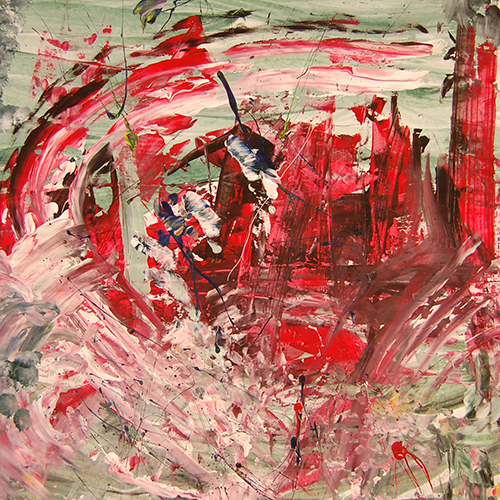The creative space
DOI:
https://doi.org/10.7577/formakademisk.1400Keywords:
creative processes, aesthetic experiences, flow, hermeneutics, the creative spaceAbstract
This study addresses the actual experience of the creative process, the non-measurable qualities, related to the subject of Arts and Crafts. The intention is to bring in awareness and a perspective regarding the organization of creative activities in school. The non-measurable qualities are areas that need special consideration at a time when public school documents mostly focus on conditions that can be measured[.1] . The research question is: Which experienced processes can be identified in an image-making process? This is a qualitative study based on different types of data collection with emphasis on participatory observation and qualitative interviews related to one particular type of painting task: painting with music as inspiration. The participants were divided into three groups of different ages and experiences. The study exemplifies what experiences may occur in some selected creative processes: joy, presence and deep concentration. The results are discussed in light of Czsikmyhali’s flow theory and Hans-Georg Gadamer’s hermeneutical theory, and further it is reflected on the term creative space.
Downloads
Published
2017-11-01
How to Cite
Toft, S., & Holte, K. (2017). The creative space. FormAkademisk, 10(3). https://doi.org/10.7577/formakademisk.1400
Issue
Section
Articles
License
Authors who publish with this journal agree to the following terms:
- Authors retain copyright and grant the journal right of first publication with the work simultaneously licensed under a Creative Commons Attribution 4.0 License that allows others to share the work with an acknowledgement of the work's authorship and initial publication in this journal.
- Authors are able to enter into separate, additional contractual arrangements for the non-exclusive distribution of the journal's published version of the work (e.g., post it to an institutional repository or publish it in a book), with an acknowledgement of its initial publication in this journal.
- Authors are permitted and encouraged to post their work online (e.g., in institutional repositories or on their website) prior to and during the submission process, as it can lead to productive exchanges, as well as earlier and greater citation of published work (See The Effect of Open Access).
- The author(s) must manage their economic reproduction rights to any third party.
- The journal makes no financial or other compensation for submissions, unless a separate agreement regarding this matter has been made with the author(s).
- The journal is obliged to archive the manuscript (including metadata) in its originally published digital form for at least a suitable amount of time in which the manuscript can be accessed via a long-term archive for digital material, such as in the Norwegian universities’ institutional archives within the framework of the NORA partnership.
The material will be published OpenAccess with a Creative Commons 4.0 License which allows anyone to read, share and adapt the content, even commercially under the licence terms:
This work needs to be appropriately attributed/credited, a link must be provided to the CC-BY 4.0 licence, and changes made need to be indicated in a reasonable manner, but not in any way that suggests that the licensor endorses you or your use.



